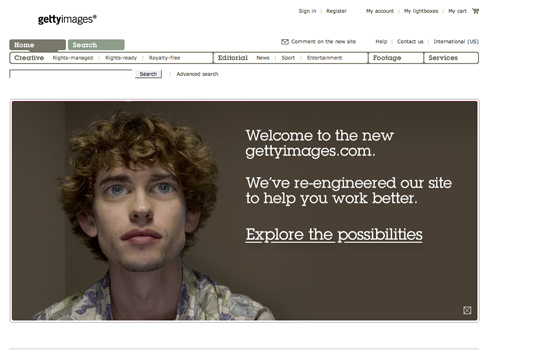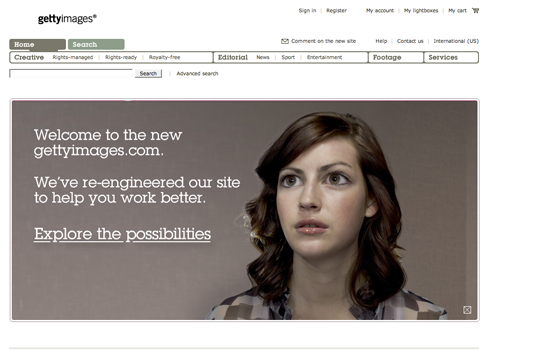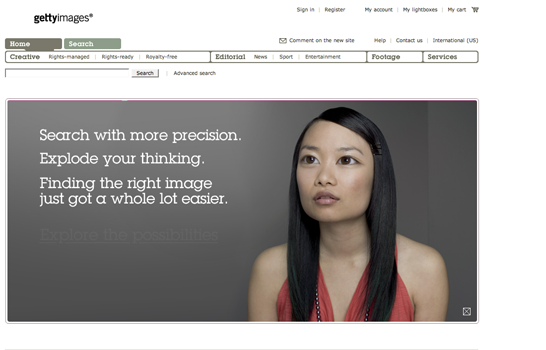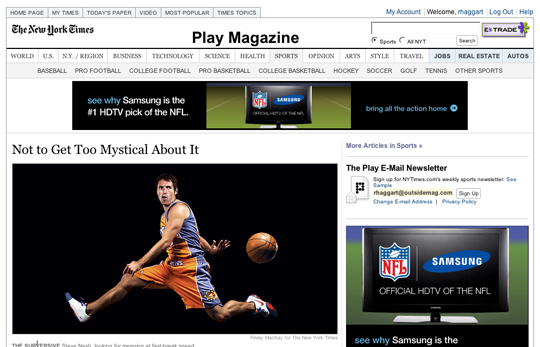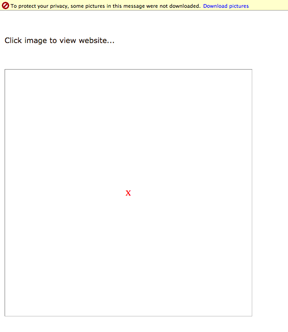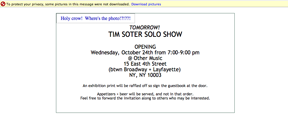Oddly, I found this yesterday in a book I’m reading and it’s very appropriate for the comments on the post from yesterday. The nut graph (love that editor term) is at the bottom but it’s a doozy.
From “The Black Swan” by Nassim Nicholas Taleb
… consider the effect of the first music recording, and invention that introduced a great deal of injustice. Our ability to reproduce and repeat performances allows me to listen on my laptop to hours of background music of the pianist Vladimir Horowitz (now extremely dead) performing Rachmaninoff’s Preludes, instead of to the local Russian émigré musician (still living), who is now reduced to giving piano lessons to generally untalented children for close to minimum wage. Horowitz, though dead, is putting the poor man out of business. I would rather listen to Vladimir Horowitz or Arthur Rubinstein for $10.99 a CD than pay $9.99 for one by some unknown (but very talented) graduate of the Julliard School or the Prague Conservatory. If you ask me why I select Horowitz, I will answer that it is because of the order, rhythm, or passion, when in fact there are probably a legion of people I have never heard about, and will never hear about–those who did not make it to the stage, but who might play just as well.
[…]
Furthermore, I believe that the big transition in social life came not with the gramophone, but when someone had the great but unjust idea to invent the alphabet, thus allowing us to store information and reproduce it. It accelerated further when another inventor had the even more dangerous and iniquitous notion of starting a printing press, thus promoting texts across boundaries and triggering what ultimately grew into a winner take-all ecology. Now, what was so unjust about the spread of books? The alphabet allowed stories and ideas to be replicated with high fidelity and without limit, without any additional expenditure of energy on the author’s part for the subsequent performances. He didn’t even have to be alive for them–death is often a good career move for an author. This implies that those who, for some reason, start getting some attention can quickly reach more minds than others and displace the competitors from the bookshelves. In the days of bards and troubadours, everyone had an audience. A storyteller, like a baker or a coppersmith, had a market, and the assurance that no one from far away could dislodge him from his territory. Today, a few take almost everything; the rest next to nothing.
By the same mechanism, the advent of the cinema displaced neighborhood actors, putting the small guys out of business. But there is a difference. In pursuits that have a technical component, like being a pianist or a brain surgeon, talent is easy to ascertain, with subjective opinion playing a relatively small part. The inequity comes when someone perceived as being marginally better gets the whole pie.
In the arts–say the cinema–things are far more vicious. What we call “talent” generally comes from success, rather than its opposite. A great deal of empiricism has been done on the subject, most notably by Art DeVany, and insightful and original thinker who single mindedly studied wild uncertainty in the movies. He showed that, sadly, much of what we ascribe to skills is an after-the-fact attribution. The movie makes the actor, he claims–and a large dose of nonliner luck makes the movie.
The success of movies depends severely on contagions (Egads, I had to look that word up: The spread of a behavior pattern, attitude, or emotion from person to person or group to group through suggestion, propaganda, rumor, or imitation). Such contagions do not just apply to the movies: they seem to affect a wide range of cultural products. It is hard for us to accept that people do not fall in love with works of art only for their own sake, but also in order to feel that they belong to a community. By imitating, we get closer to others–that is, other imitators. It fights solitude.
